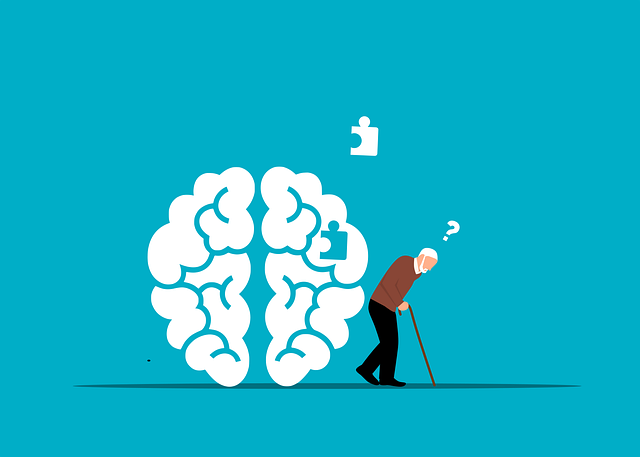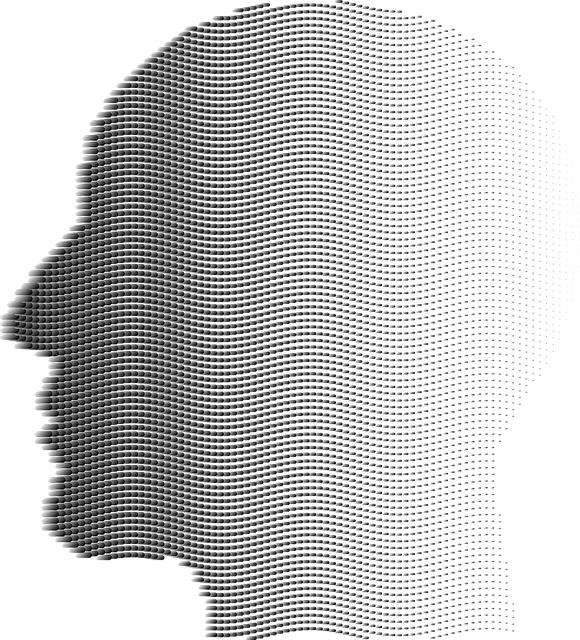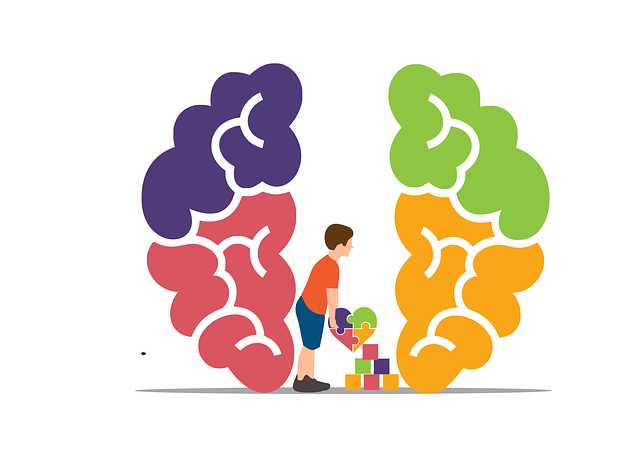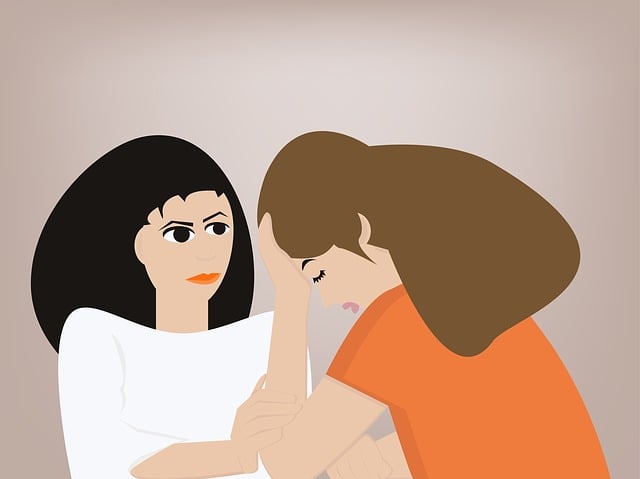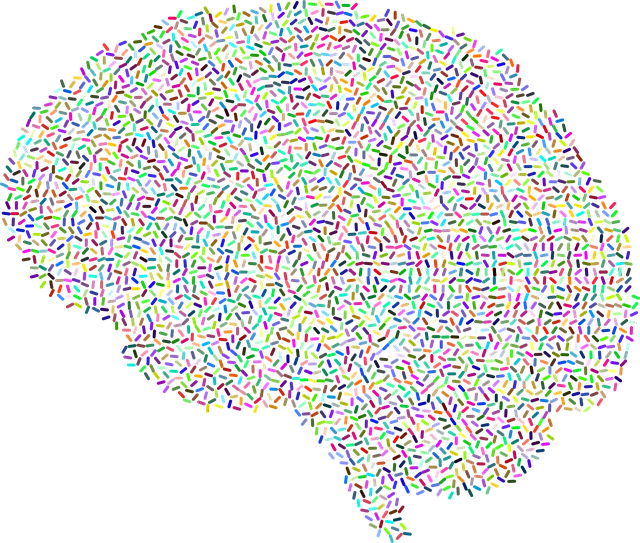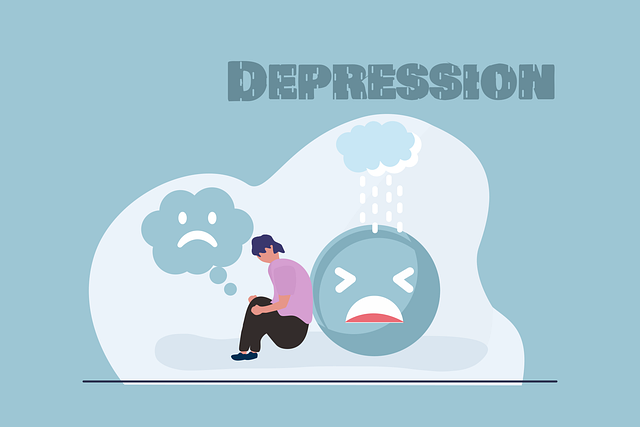Trauma from events like abuse or natural disasters can have long-lasting effects on children, leading to PTSD, anxiety, and panic attacks, disrupting their sense of safety and trust. Early intervention through therapy, specifically Cognitive Behavioral Therapy (CBT) and mindfulness-based approaches, is crucial for processing trauma and mitigating mental health effects. Parents and caregivers can support children by recognizing signs, encouraging journaling and mindfulness exercises, fostering open communication, and creating supportive environments. Effective therapy for children with panic disorder and anxiety attacks includes CBT and mindfulness therapies, backed by robust Mental Health Policy Analysis, Advocacy, and Community Outreach Programs to ensure accessible, stigma-reducing support systems.
Trauma support services for children are vital in addressing the growing concern of panic disorder and anxiety attacks. This article delves into understanding trauma’s profound impact on young minds, specifically focusing on identifying signs of distress. We explore effective therapy approaches tailored to treat children’s panic disorder and anxiety, emphasizing the importance of early intervention. By examining these strategies, we aim to equip parents and caregivers with knowledge, ensuring they can access appropriate support services and promote emotional well-being for children affected by trauma and anxiety.
- Understanding Trauma and Its Impact on Children
- Identifying Panic Disorder and Anxiety Attacks in Kids
- Effective Therapy Approaches for Childrens Panic Disorder and Anxiety Support Services Provision
Understanding Trauma and Its Impact on Children

Trauma can have a profound and lasting impact on children, affecting their emotional, behavioral, and social development. Understanding trauma is essential in providing effective support for young individuals who have experienced adverse events such as abuse, neglect, or natural disasters. Children may exhibit symptoms of post-traumatic stress disorder (PTSD) and anxiety, including panic attacks, flashbacks, and avoidance behaviors. These experiences can disrupt their sense of safety and trust, making it challenging for them to form healthy relationships and thrive in various settings.
Early intervention is crucial in mitigating the effects of trauma on children’s mental health. Therapy plays a pivotal role in helping them process and make sense of their traumatic experiences. Cognitive-behavioral therapy (CBT) and other evidence-based approaches are particularly effective in treating panic disorder and anxiety attacks in children. Mental Health Policy Analysis and Advocacy play a significant role in ensuring that these services are accessible, while Mental Health Awareness campaigns can reduce the stigma associated with seeking help, fostering a supportive environment for recovery. Effective risk management planning for mental health professionals is also essential to create safe and nurturing spaces for trauma-affected children.
Identifying Panic Disorder and Anxiety Attacks in Kids

Many children experience panic disorder and anxiety attacks, often manifesting as a response to stressful or traumatic events. It’s crucial to identify these disorders early on to provide appropriate therapy for children suffering from them. Parents and caregivers play a vital role in recognizing the signs, which can include sudden and repeated episodes of intense fear or discomfort accompanied by physical symptoms like rapid heartbeat, sweating, and dizziness.
Encouraging journaling exercises and mindfulness meditation as part of a self-care routine development for better mental health can be beneficial. These practices can help kids gain insight into their emotions, learn coping mechanisms, and develop a mental wellness journal to track their progress. By providing guidance on managing anxiety, promoting open communication, and offering support, adults can foster a sense of security and resilience in children, enabling them to navigate future challenges with increased confidence.
Effective Therapy Approaches for Childrens Panic Disorder and Anxiety Support Services Provision
Children’s panic disorder and anxiety attacks are common mental health concerns that require specialized therapy approaches for effective management. Cognitive Behavioral Therapy (CBT) has proven to be a highly successful intervention, focusing on identifying and changing negative thought patterns and behaviors contributing to anxiety. This evidence-based method empowers children to gain control over their emotions and reactions, offering them valuable coping strategies.
In addition to CBT, Mindfulness-Based Therapies are gaining recognition for their positive impact on treating childhood anxiety. These practices teach children to stay present and aware of their thoughts and feelings without judgment. By incorporating mindfulness techniques into therapy sessions, mental health professionals can help young individuals reduce anxiety symptoms, improve focus, and enhance overall well-being. Effective therapy, coupled with robust Mental Health Policy Analysis and Advocacy, as well as Community Outreach Program Implementation, ensures that children receive the necessary support to overcome panic disorder and lead fulfilling lives.
Trauma support services play a pivotal role in mitigating the profound effects of panic disorder and anxiety attacks on children. By understanding the unique impact of trauma on young minds, identifying these conditions early, and employing effective therapy approaches like cognitive-behavioral therapy (CBT), professionals can significantly enhance the well-being and resilience of affected children. Access to specialized services ensures that kids receive the tailored support they need to navigate their challenges, fostering a healthier and more secure future.


